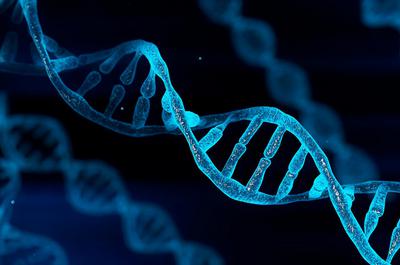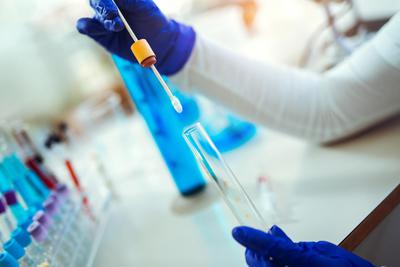DNA Collection Methods Explained
From the commonplace cheek swab to the lesser-known hair and fingernail tests, you might be wondering what the differences are between DNA collection methods. Why does it matter? Which is the most reliable? Are some types more accurate than others?
We are here to provide answers to these questions. Join Health Street as we cover some types of DNA collection methods, how to choose the right method, and which kinds are the most reliable.

The Basics of DNA Collection
Most of us are familiar with the cheek swab—a quick, painless, and quite effective DNA collection method. But there are times when, for whatever reason, it might not be the easiest choice. Here's where alternatives, like hair or bodily fluids, step in. However, it's good to remember that while they're handy backups, they may not always contain viable DNA like a cheek swab.
Why DNA collection is essential
The science behind DNA testing has taught us that no two people, apart from identical twins, have exactly the same DNA. In other words, every person has their own genetic map, which can lead to long-lost relatives, confirm biological connections, and establish legal relationships.
Overview of different collection methods
Health Street offers home DNA kits and legal tests with the same 99.9% DNA testing accuracy. Once the biological specimen collection is completed, experts from our certified labs compare the allele sizes and analyze whether the parties are biologically related. You can pick from various DNA collection methods.
Cheek swab
Cheek swabs are one of our many non-invasive DNA methods. Due to their painless, fast, and hassle-free nature, cheek swabs are the most popular method. This type of testing also offers the best DNA test accuracy, meaning it is guaranteed to contain viable DNA when done correctly.
Hair DNA testing
If a cheek swab isn't possible, some people choose hair DNA testing instead. We will need at least six to ten strands with hair follicles to perform the DNA test. Keep in mind that hair DNA testing is not admissible in court.
Fingernail DNA sampling
Sometimes, people want to know if a fingernail found at home or work is theirs or someone else's. If a man doesn't want to get a cheek swab to see if he's the father, sometimes a fingernail DNA sampling can be checked against a child's cheek swab.
Blood DNA extraction
DNA can sometimes be extracted from blood stains on fabric. We provide a blood DNA extraction kit, and you return the sample. If DNA extraction proves challenging, a second sample can be attempted without added costs.
Semen DNA test
Semen captured on clothing, condoms, or other items can be checked for viable DNA and compared to another person's cheek swab to determine if they are related or if it is the same person.
Health Street's edge in offering diverse testing options
Whether you're considering a non-invasive DNA method at home or a clinic test, Health Street can help. Our experts can do it all, from cheek swabs to tests with hair, nails, and other genetic sample sources. From selecting the best testing method to helping with understanding DNA results, Health Street can guide you throughout the process.
Ready to discover your DNA story? Purchase our easy-to-use DNA home testing kit or find a DNA collection clinic near you for comprehensive testing options, including post-mortem and prenatal tests.
Frequently Asked Questions
What are the methods of DNA sample collection?
We offer cheek swabs, fingernail DNA sampling, semen DNA tests, blood DNA extraction, hair DNA testing, and more.
Which method of DNA collection is the most reliable?
Cheek swabs are the most reliable, and can be guaranteed to contain viable DNA when performed correctly. Alternative methods, while valuable, may occasionally present challenges in securing viable DNA samples.






